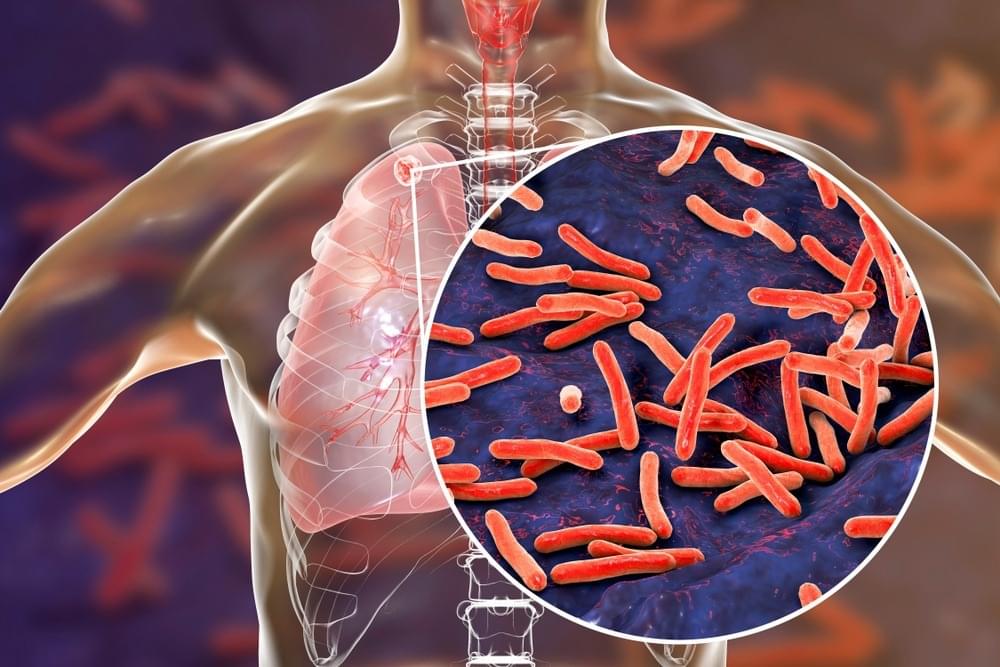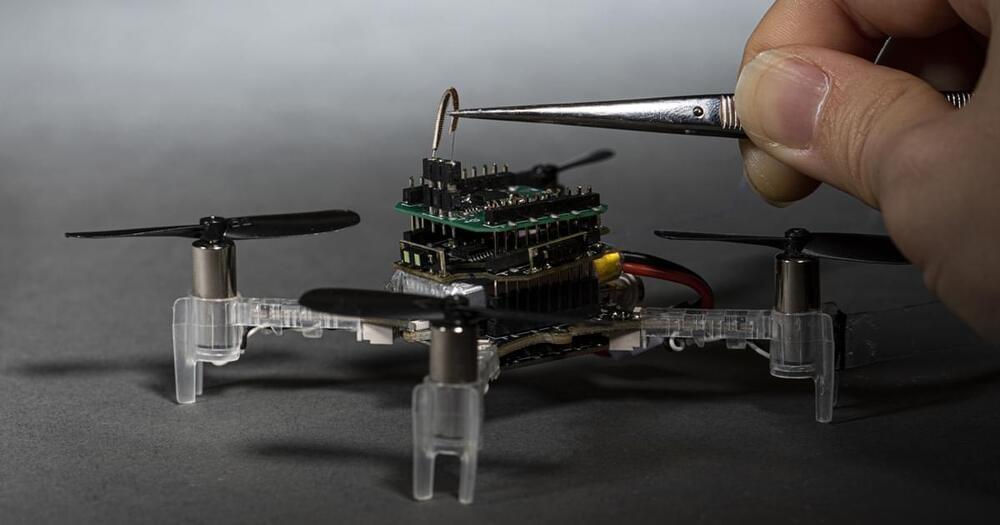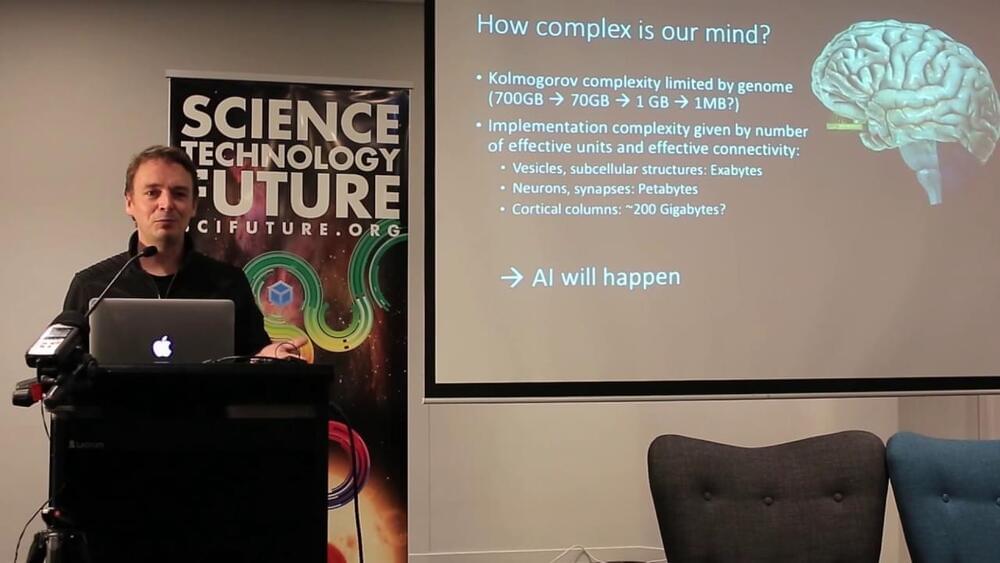Sep 8, 2022
Neuralink Update
Posted by Dan Breeden in categories: biological, education, Elon Musk, robotics/AI
00:00 Intro.
01:12 Elon Musk on psychedelics/ MDMA
01:58 Tim Urban on brain-machine interfaces.
02:46 Domino’s mind ordering app.
04:48 Elon tweet: digital vs biological.
05:47 Head Neurosurgeon, Dr. Matthew MacDougall.
08:02 Shivon Zilis & Elon Musk twins!!
09:05 Neuralink founder, Paul Merolla departs.
11:17 https://neuralink.com/careers/
11:35 DeepMind Documentary: https://youtu.be/kFlLzFuslfQ
Patreon: https://www.patreon.com/neurapod/

















